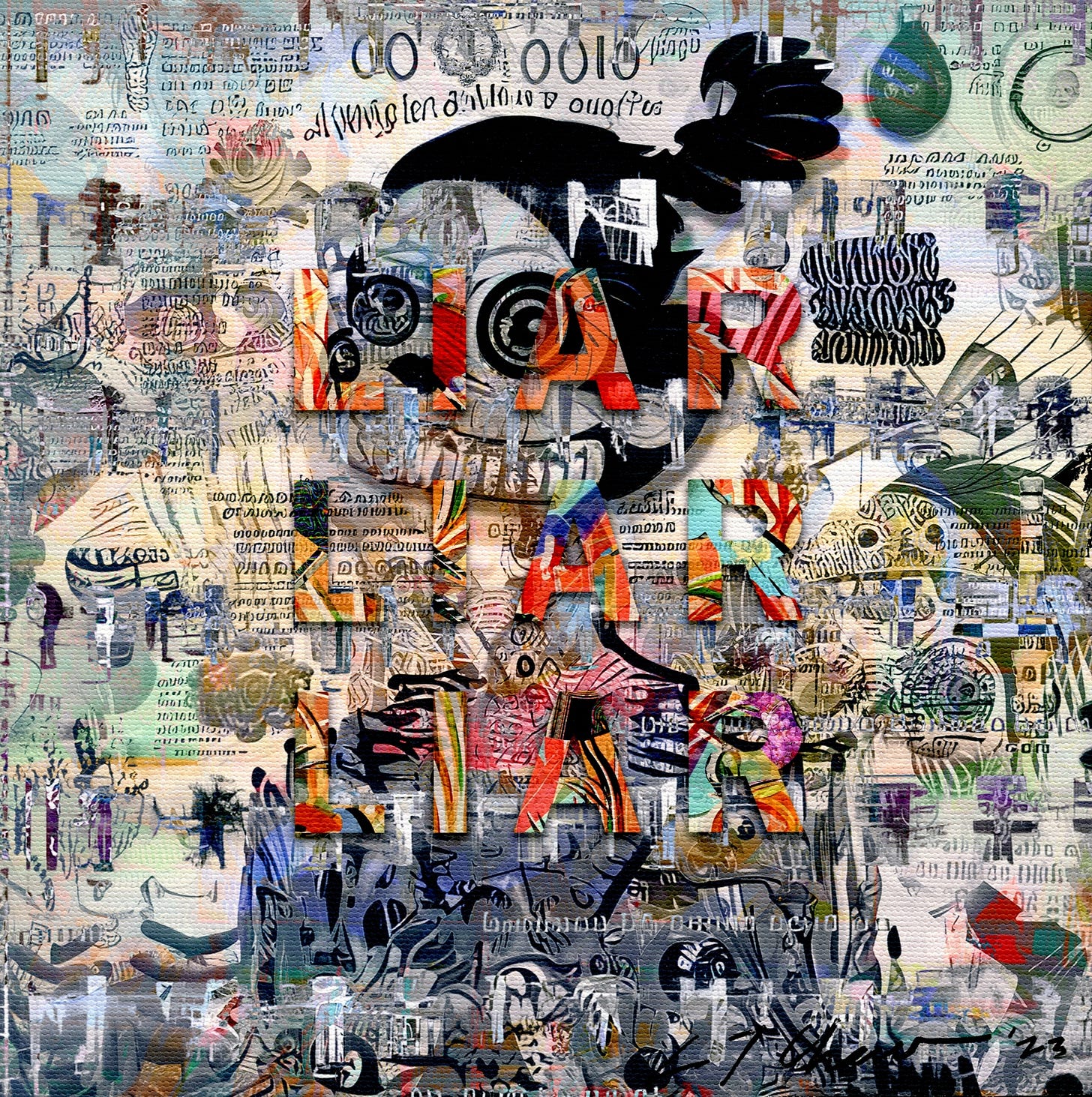
The Sleeping Assets of Our Cities
Why Public Buildings Might Be the Missing Link in Creative Infrastructure
I've often said: if it weren’t for all the supplies, most artists would live out of a backpack. What we really need isn’t luxury housing—it’s space to think, make, and store the slow unfolding of our work.
But in cities across the United States, there is an irony hiding in plain sight: millions of square feet of public space sit unused every day.
The federal government alone owns over 450 million square feet of office space. In 2023, a government audit found that 17 out of 24 federal agency headquarters were using just 25% or less of their available building capacity. Even the busiest spaces were still more than half empty. That’s not just inefficient—it’s a silent crisis of imagination.
Zooming out, across all sectors, office vacancy rates in U.S. cities are hovering around 20%, and that doesn’t even include schools, warehouses, or redundant municipal buildings. Many of these are public or publicly funded structures, paid for with tax dollars, but sitting vacant or vastly underused.
These buildings have a name in city planning circles: “sleeping assets.”
And it's time we woke them up.
Reclaiming Space for Cultural Use
What if, instead of building new facilities from scratch, we repurposed these quiet, neglected buildings into creative sanctuaries?
Imagine:
Old post offices becoming public imagination centers.
Decommissioned schools transforming into collaborative studios.
Government warehouses becoming archival labs, sound stages, tool libraries, or sculpture yards.
Vacant office towers reimagined as vertical art residencies.
This isn’t wishful thinking. It’s already happening in places like Hamburg, Paris, and Montreal, where governments are recognizing that unused public space can be reactivated for the common good—not sold off to private developers, but turned into hubs of cultural vitality.
Infrastructure for a Creative Society
The Creative Freedom Act is one side of the coin: the financial support to allow creatives to focus on their work.
But the other side is equally vital: space.
Not just shelter, but purpose-built space. Not just affordability, but adaptability.
What we need is an ecology of creativity. And ecologies need habitats.
The good news? We already have the buildings.
We already paid for them.
What we lack is the political and poetic will to see them for what they could be:
not empty, but awaiting transformation.
An Invitation to Cities
This is a call to city leaders, mayors, planners, and policy dreamers:
Let’s not pave over the past.
Let’s reclaim it.
Let’s turn the sleeping assets of our cities into living vessels of cultural imagination.
Every city in America is already rich in space.
Let’s make it rich in possibility.
notes
https://hbr.org/2020/07/what-should-we-do-with-45000-half-empty-public-buildings
https://www.gao.gov/products/gao-23-106200
https://sourcenm.com/2024/11/25/cities-cut-red-tape-to-turn-unused-office-buildings-into-housing/
https://www.mdpi.com/2076-3417/13/13/7557



Great idea!
Why don’t they listen to you, Cecil!?!? Very good suggestions.